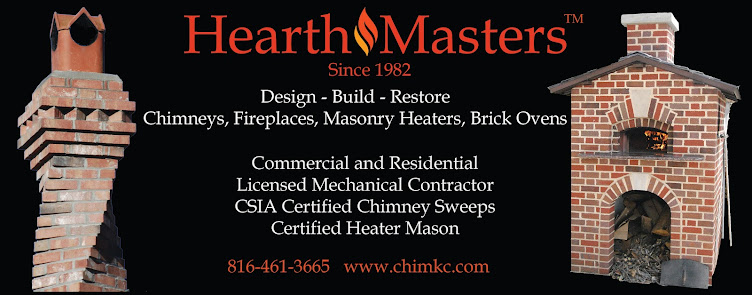Brick and stone are used in construction because of their aesthetic and durability, however, these materials, along with mortar, are susceptible to water damage and need to be maintained to prevent failure. Since restoration or reconstruction is costly, it is important to keep a watchful eye on any chimneys in a home.
Bricks, stones, and mortar all absorb rainwater
to some degree based on their density and hardness. Some of these masonry materials,
such as soft-type brick, absorb and retain water more easily than hard-type
brick. Unfortunately, many builders use soft brick since the cost is lower, and
problems usually won’t show up for several years after a structure has been
built and they are long gone. Spalling bricks and missing mortar due to water penetration
All types of masonry should be treated with a
professional water-repellant sealer every two to five years. The sealer will
reduce penetration of water into the masonry by causing the water to bead up. This
process alone can save homeowners thousands of dollars. Without water
repellant, the masonry will absorb moisture, go through freeze/thaw cycles, and
at some point will begin to spall (faces pop off). In severe cases, mortar is
washed out and bricks may fall out.
The next area of concern is the cement cap,
otherwise known as a wash, splay, or crown. The cement cap acts as a roof for a
chimney, and if properly built will shed water away from the top portion of the
chimney rather than directing rainwater onto the masonry. This area is the most
common space to find damage to the masonry since most cement caps are not built
properly and to International Residential Code requirements. The IRC requires a
4” thick cap with a 2” drip edge and drip channel, with bond breaks around the
flue tiles to allow for expansion. A properly built cap will last for many
years and will help protect the masonry below it.
Finally, faulty flashing is often a source of
leaking into the attic or other floors of the home. If water damage is found
next to a chimney at the ceiling area, suspect the flashing as the first place
to look. Gaps or missing pieces of flashing, or unsealed areas will likely be
areas of concern that need to be addressed with sealant, repair, or
replacement.
If your chimney is spalling, has deteriorated
mortar, a cracked or improperly built cement
cap, or leaking issue, contact your local chimney professional for help.
_____________________________
Marge Padgitt is a 40-year chimney industry veteran and the author of Wood-Fired Heating and Cooking. Website: www.chimkc.com.

